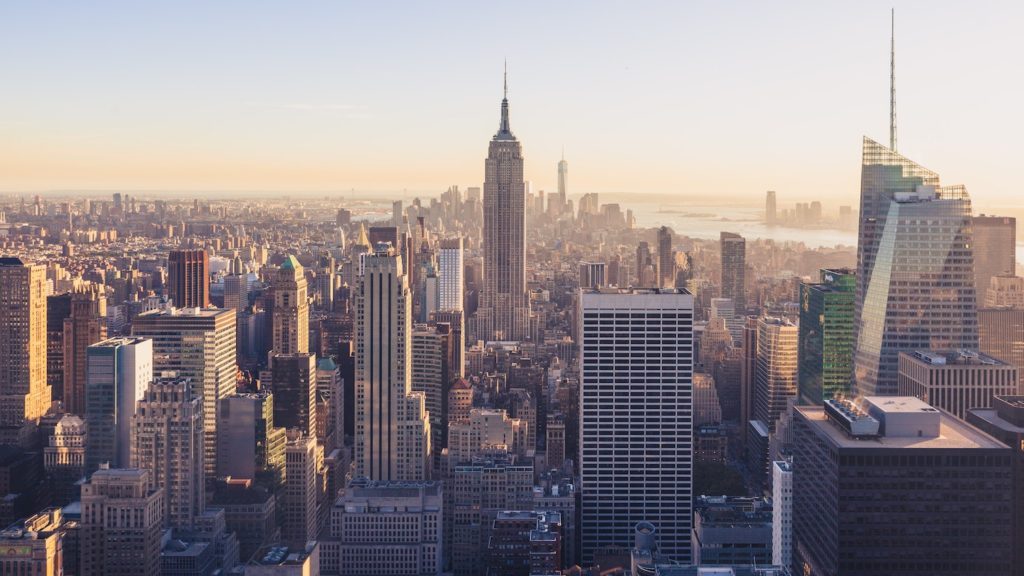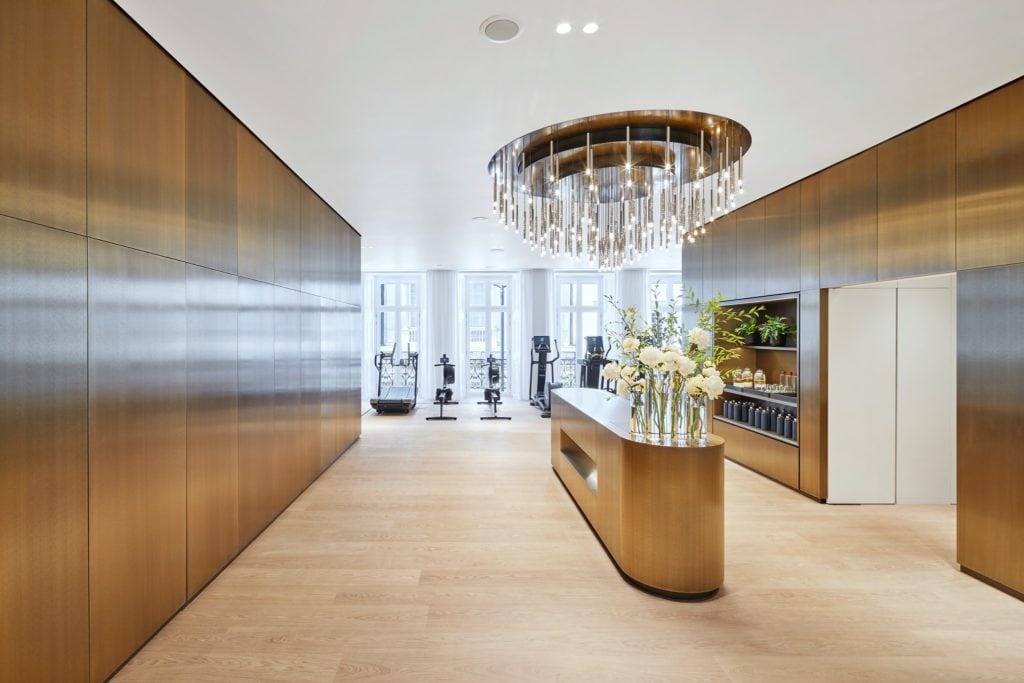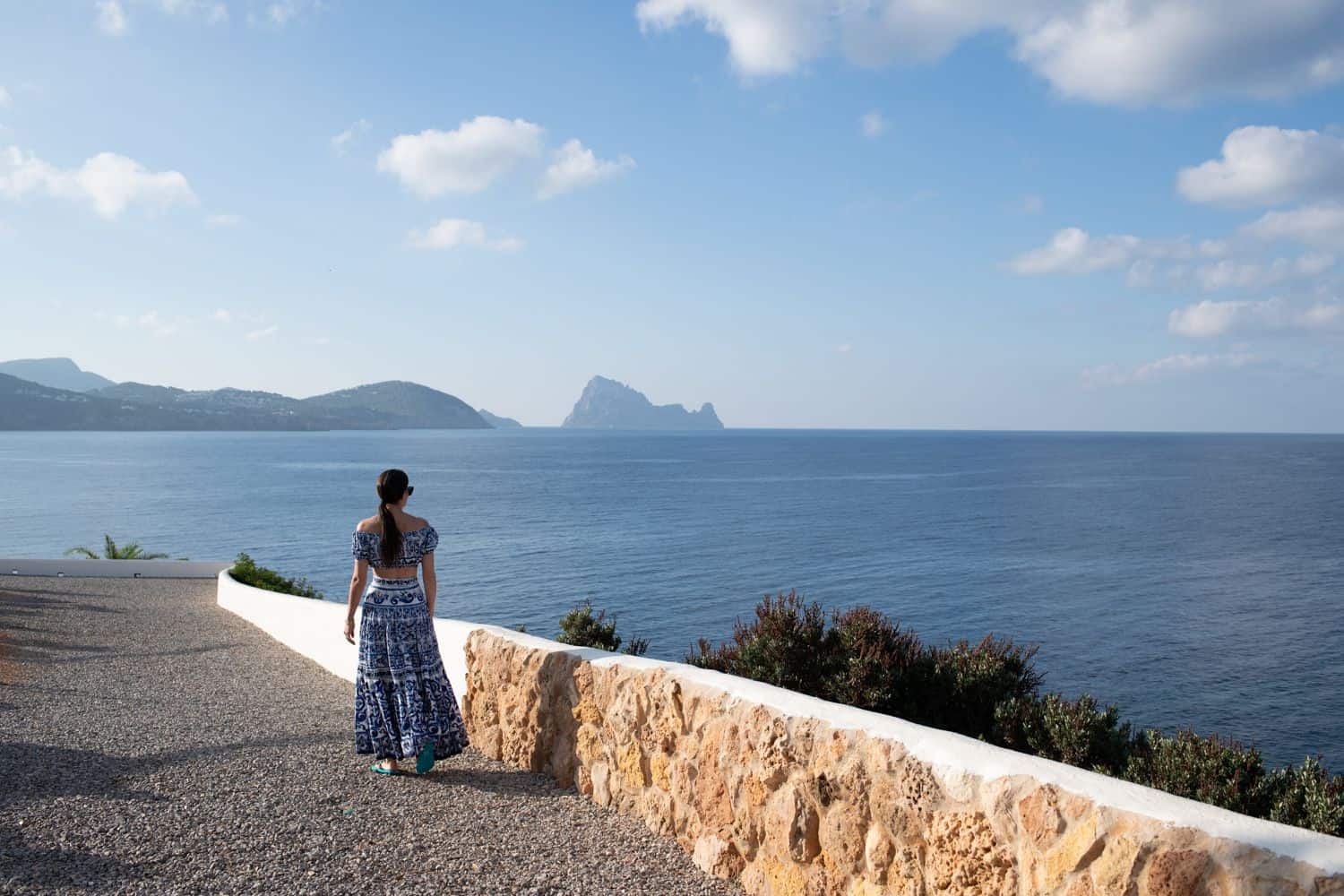By UN estimates, more than 50% of us already live in cities—and that number is only expected to grow, with 60% of people around the world expected to live in urban areas by 2030. Depending on where you live, escapes to the countryside or long holidays to the traditional peaceful holiday haven might not be possible—which is why more and more, wellness is going urban.

The Secondary Wellness Traveller
While gyms and fitness studios have always been a part of the urban landscape, increasingly, health and wellness activities you would expect to travel for—seeing an energy healer in the Balinese jungle, for example, or a silent meditation retreat in the mountains of India—are available in cities.
Worldwide revenue for health clubs in 2015 reached US$81 billion according to CityLab, and up to US$94 billion in 2020, says a report by Wellness Creative Co.
Secondary wellness travellers account for 89% of wellness trips annually, and account for 86% of spending.
Global Wellness Institute (GWI), Wellness Tourism Economy Report (2018)
These figures line up with both increased interest in wellness, and growing urbanisation of services. Businesses are coming up with creative ways to engage with secondary wellness travellers in an urban setting—for example, London Fitness Tours, Fit Tours NYC and Cycle City Vancouver offer an alternative, fitness-centric approach to sightseeing.
Traditional wellness resorts are looking to attract this booming market of secondary wellness travellers—those who travel for purposes other than wellness, but engage with in-destination wellness activities—and luxury brands have begun to work toward making their services available to city dwellers: Aman, Six Senses, One&Only, Fivelements, and Lanserhof, which traditionally operated as destination retreats, are now actively embracing urban resorts into their growth strategy.

The Urban Wellness Resort
With both Aman and Six Senses opening urban resorts in New York later this year, the shift towards meeting the consumer where they’re at is well underway.
“Our urban clubs allow us to connect the dots with our resort guests who may be on a programme of sorts in say, Thailand or Portugal, and who have an opportunity to continue their Six Senses journey through club membership when they return home,” says Neil Jacobs, Six Senses CEO. “Most of our club members will be city residents rather than transient hotel guests.”
The US$639 billion wellness travel market’s annual growth rate of 6.5% from 2015-2017 is more than double the 3.2% growth rate for tourism overall.
GWI, Global Wellness Economy Monitor (2018)
Wellness-focused staycations, like Four Seasons Hong Kong’s Art of Mindfulness programme is another example of the creative ways that existing urban properties can meet the wellness demands of city residents and secondary wellness travellers, while the expansion of fitness concepts into the travel space—think Equinox Hotel in Hudson Yards—showcases how wellness travellers are seeking a more integrated wellness experience during their trip, rather than a quick session in the hotel gym. Hilton’s Five Feet to Fitness concept helps travellers turn their room into their own private gym, and customisations for sleep, lighting and even scent are the next level expected from savvy wellness travellers.
These urban wellness resorts can provide both a respite for local residents seeking staycations and a way for popular city break destinations to deal with overtourism. Six Senses Singapore combines a cultural escape in the heart of Chinatown with a wellness-supportive environment. Meanwhile, The Retreat at The Palm, Dubai, pulls wellness travellers out of the city-centre to a relaxing beach resort which feels a million miles from the urban bustle—yet looks onto the city skyline.

The Wellness Club
Six Senses New York will not only welcome travellers to its urban resort, but also residents in its wellness club, another trend seeing a rise in urban settings. GWI’s 2019 Global Physical Activity Report indicates that currently, around 3,400 hotels also offer public memberships, catering to over two million members—this is particularly important in countries with developing economies, where hotel gyms are often the only option for luxury and mid-range markets before the introduction of commercial gyms, according to the report.
These urban clubs not only cater to those living in cities, but act as a bridge between guests at home and away, allowing the pre- and post-retreat experience to be better supported. Fivelements Habitat, the Hong Kong-based urban outpost for the award-winning Balinese resort, is a membership club bringing holistic wellness to the city; while Lanserhof, one of Europe’s leading luxury medical wellness resorts, opened its state-of-the-art London members club in August 2019, at The Arts Club, one of the city’s most prestigious private members facilities.
The [fitness] industry grew to approximately 210,000 clubs globally, serving 183 million members.
Wellness Creative Co, Fitness Industry Statistics (2019)
“The city properties allow Lanserhof to support retreat guests in their home cities,” says Sheila McCann, General Manager for Lanserhof UK. “They also provide an opportunity for potential resort guests to learn more about the brand first-hand. Ultimately, it expands access and the available market by stimulating awareness of a preventative medical approach to wellness.”
With two urban properties—Hamburg, and the new London property—Lanserhof took the opportunity to appeal to a broader market. While the medically supervised residential retreats are available for a minimum of one week, members at LansMedicum in Hamburg or Lanserhof at The Arts Club have access to same world-class medical services and hospitality ethos as the resorts, but available in a day-retreat or appointment format.
“Lanserhof at The Arts Club is London’s finest medical and health facility, open to all and specialising in preventative medicine, rehabilitative care, nutrition, fitness and holistic wellbeing,” says McCann. “With a focus on preventative medicine, customised training plans and some of the best diagnostic equipment seen anywhere in the world, we offer members new levels of control over their health, in an elegant and discreet private space.”

Creating Wellness Communities
It’s not just about the technology and access to unique treatments, though: urban wellness resorts and clubs have an opportunity to build on wellness communities in a way a traditional wellness resort cannot, building on ‘soft wellness’ concepts that focus on elements like ambience, design and social interaction.
In the luxury market, wellness clubs are jumping on the social wellness trend with hyper-exclusive membership: in LA, Remedy Place calls itself a ‘social wellness club’ and restricts membership to 200; Ghost, ‘The World’s First Luxury Fitness Lounge’, offers travel day rates for its 100-member club; and The Remedy, an invitation-only boutique wellness space. The concept is increased intimacy and more personalised offerings, providing a more socially satisfying wellness experience.
One in ten of us feels lonely often (11%). More than a third of us (42%) have felt depressed because we felt alone.
Mental Health Foundation, The Lonely Society Report (2010)
For Six Senses, its urban strategy revolves around social wellness as much as physical or medical health. “Our wellness offering in New York City will include a 15,000 square-foot spa as part of a club powered by both social interaction and facilities and wellness,” says Jacobs. “We are all looking for connection. Loneliness is a huge health issue that finally is being talked about and tracked. We are providing spaces, environments and content that will bring like-minded people together, where relationships can be formed and nurtured in a fun and very social setting.”
Urbanisation is on the rise, and the Global Wellness Summit research indicates that the urban wellness trend will grow alongside the boom of cities, with Asia and North America indicated as key markets. Aman has already announced its plans for a Miami resort, while Six Senses are set to open in London, both in 2023.
“With almost half of the population living in cities, the increased stress of living in cities adds to the toxic burden faced,” says McCann on the future of urban wellness. “We believe this will only increase.”



